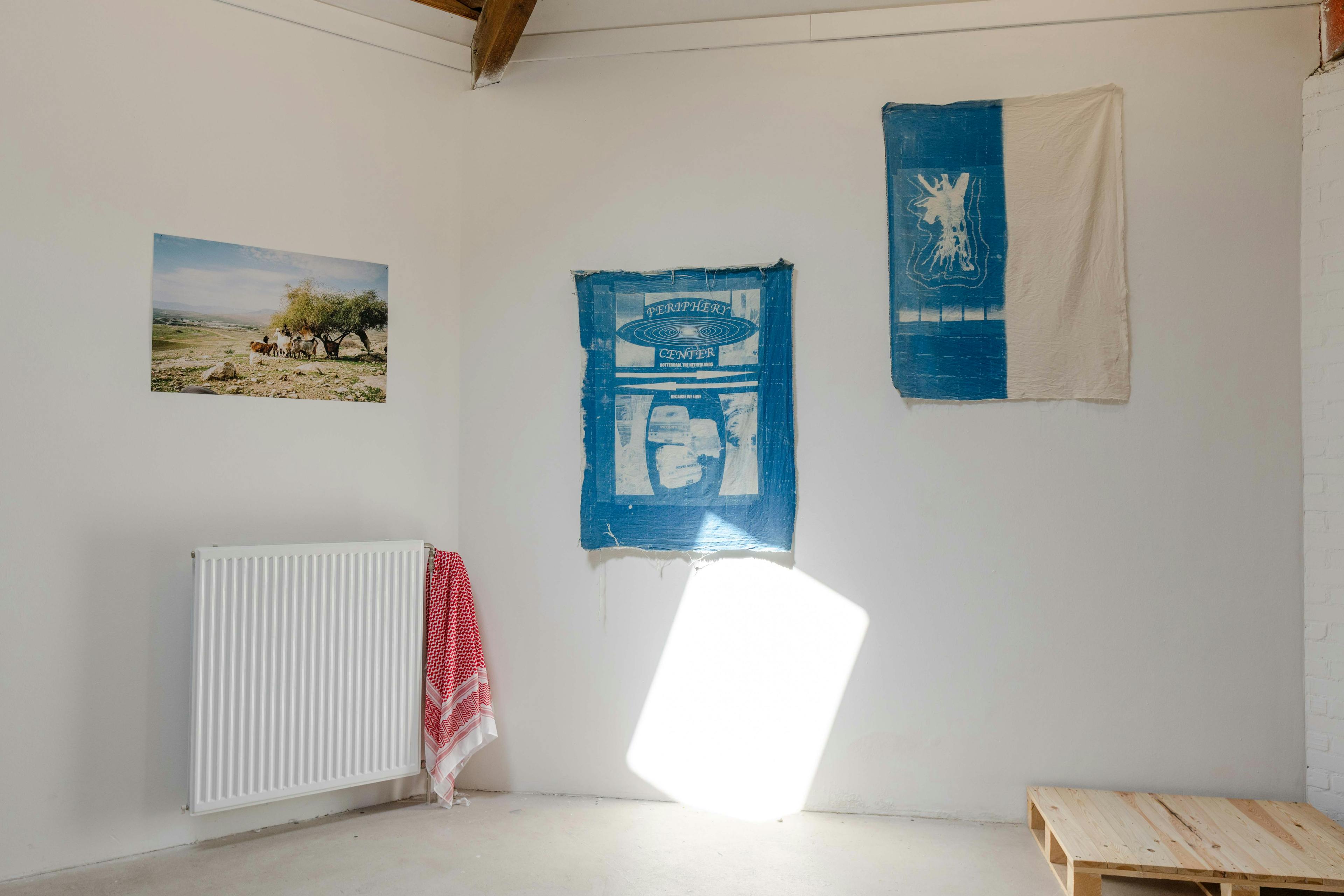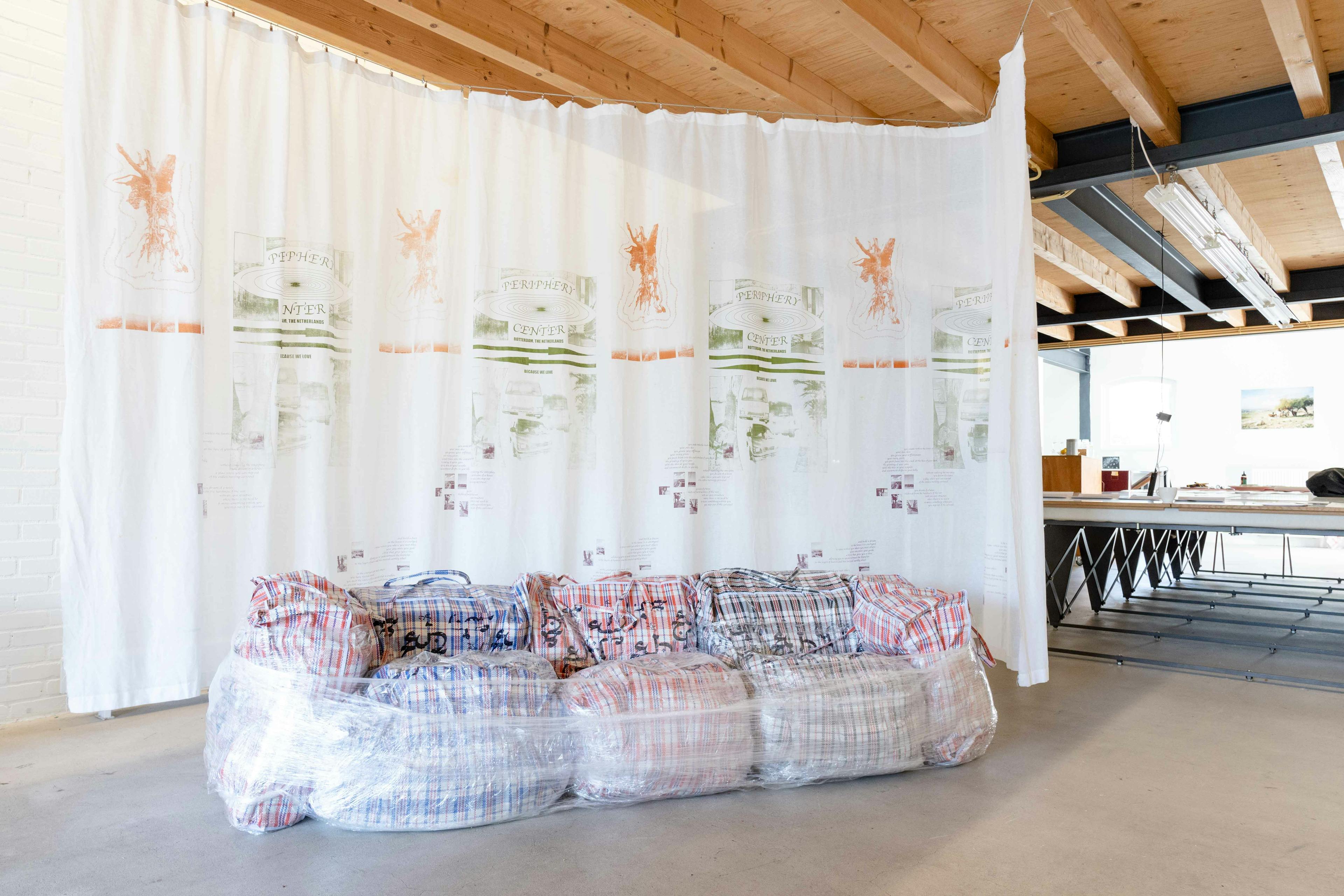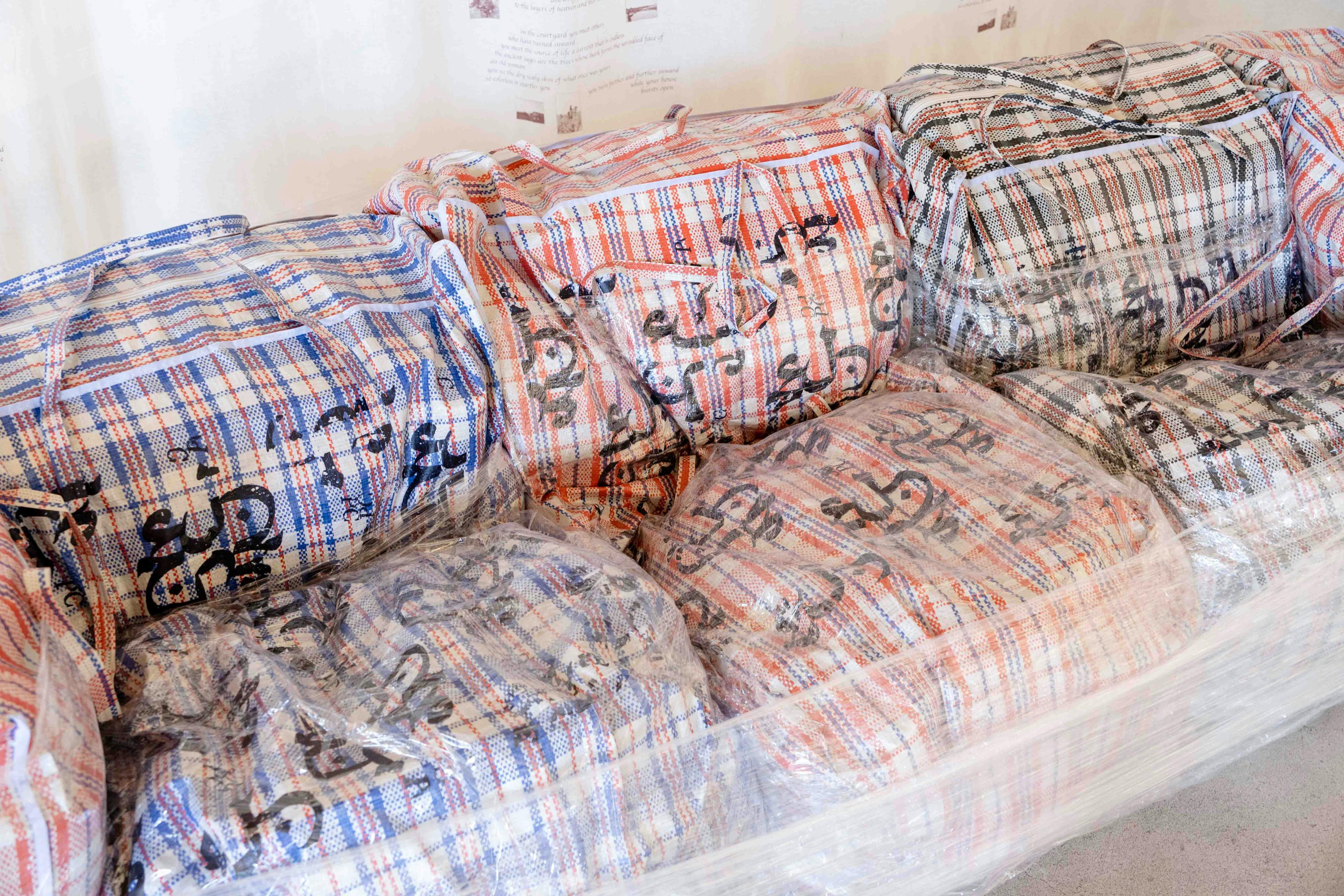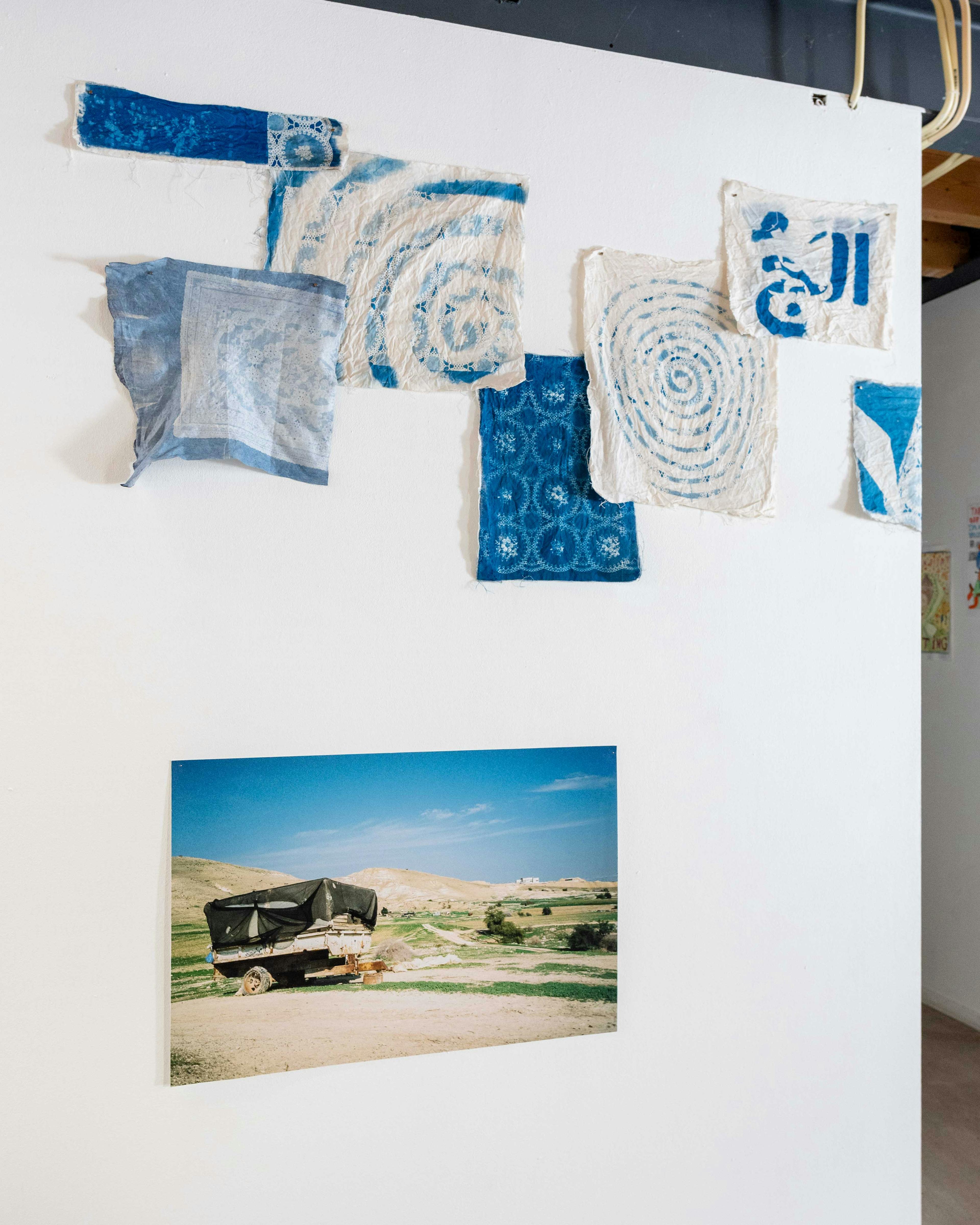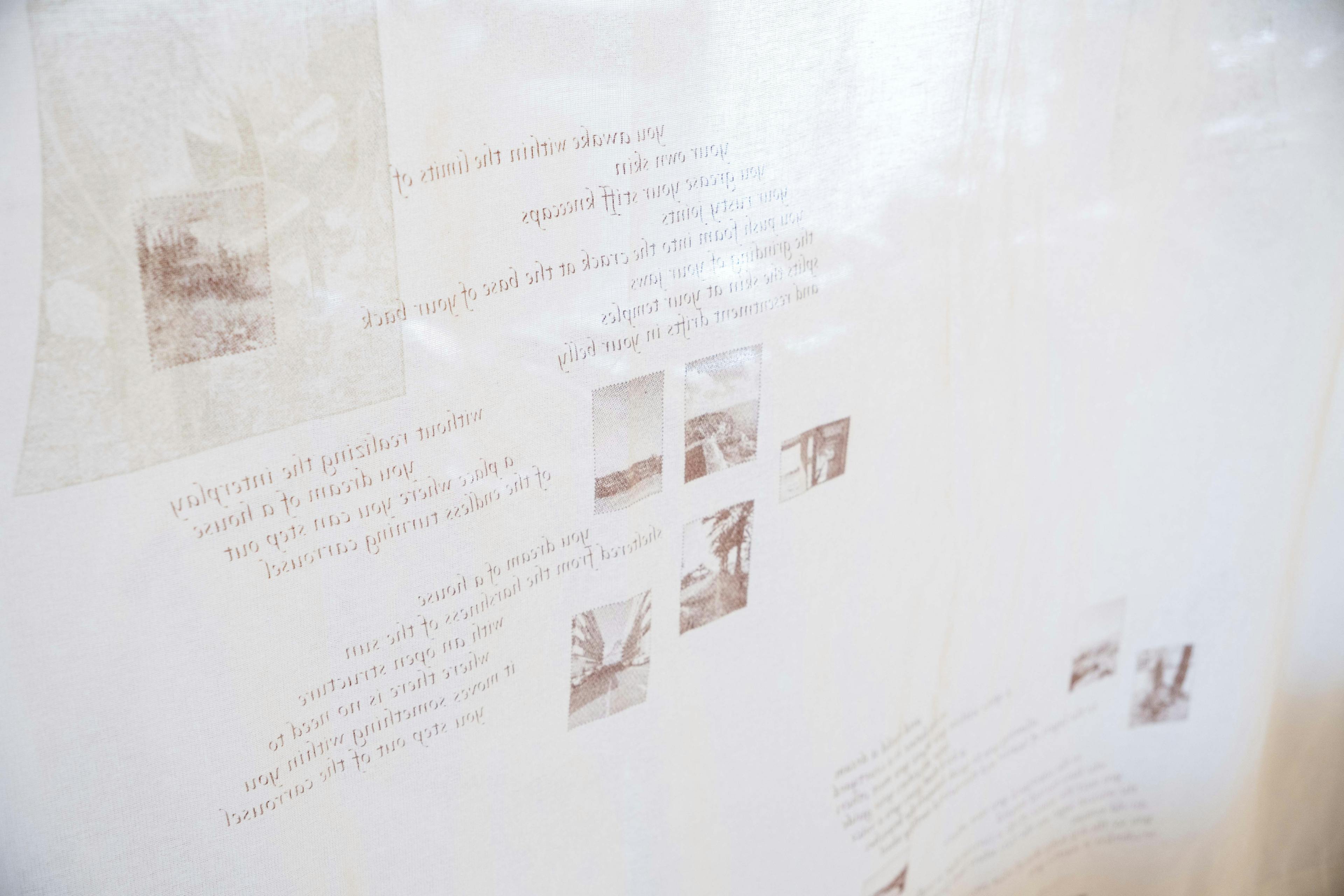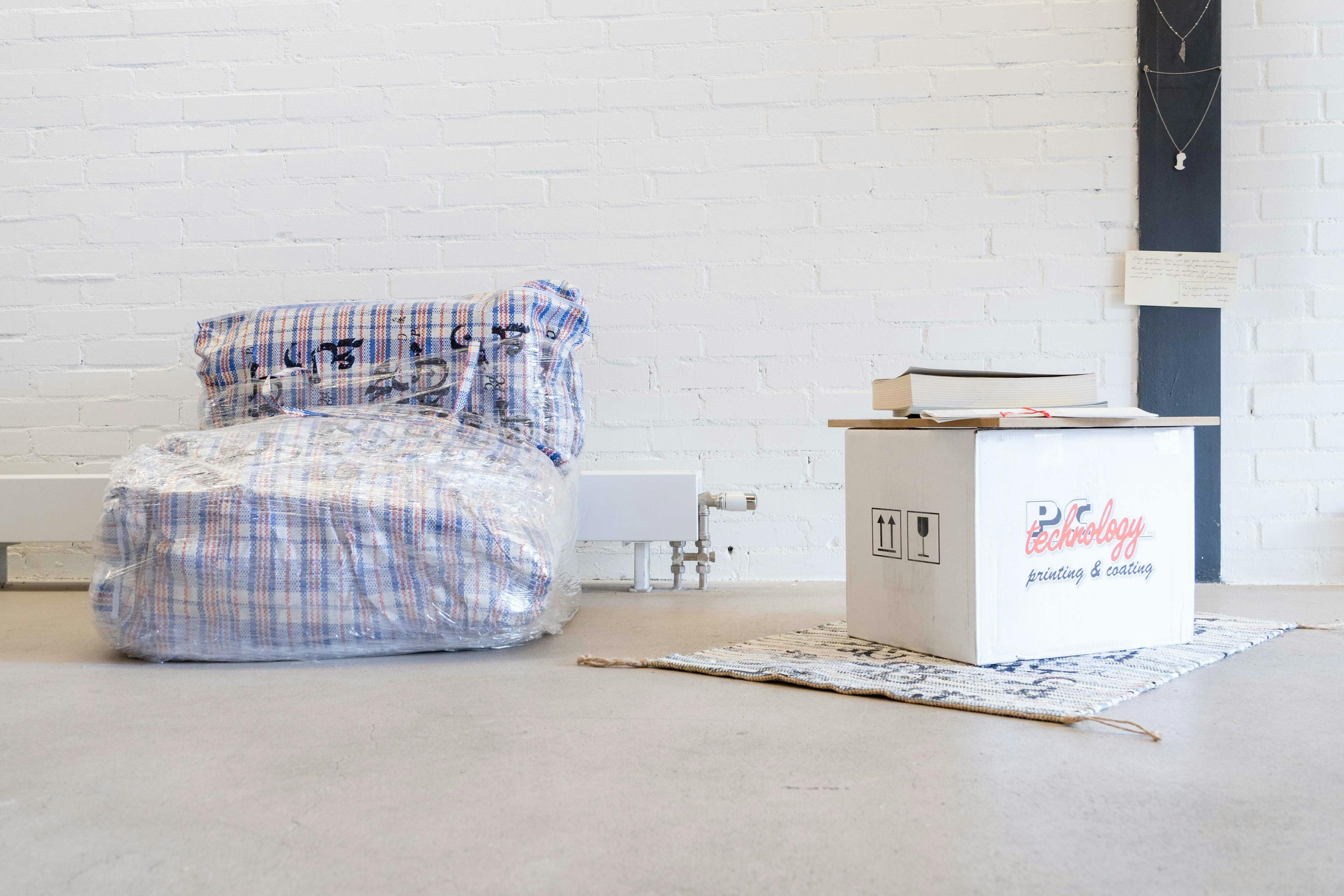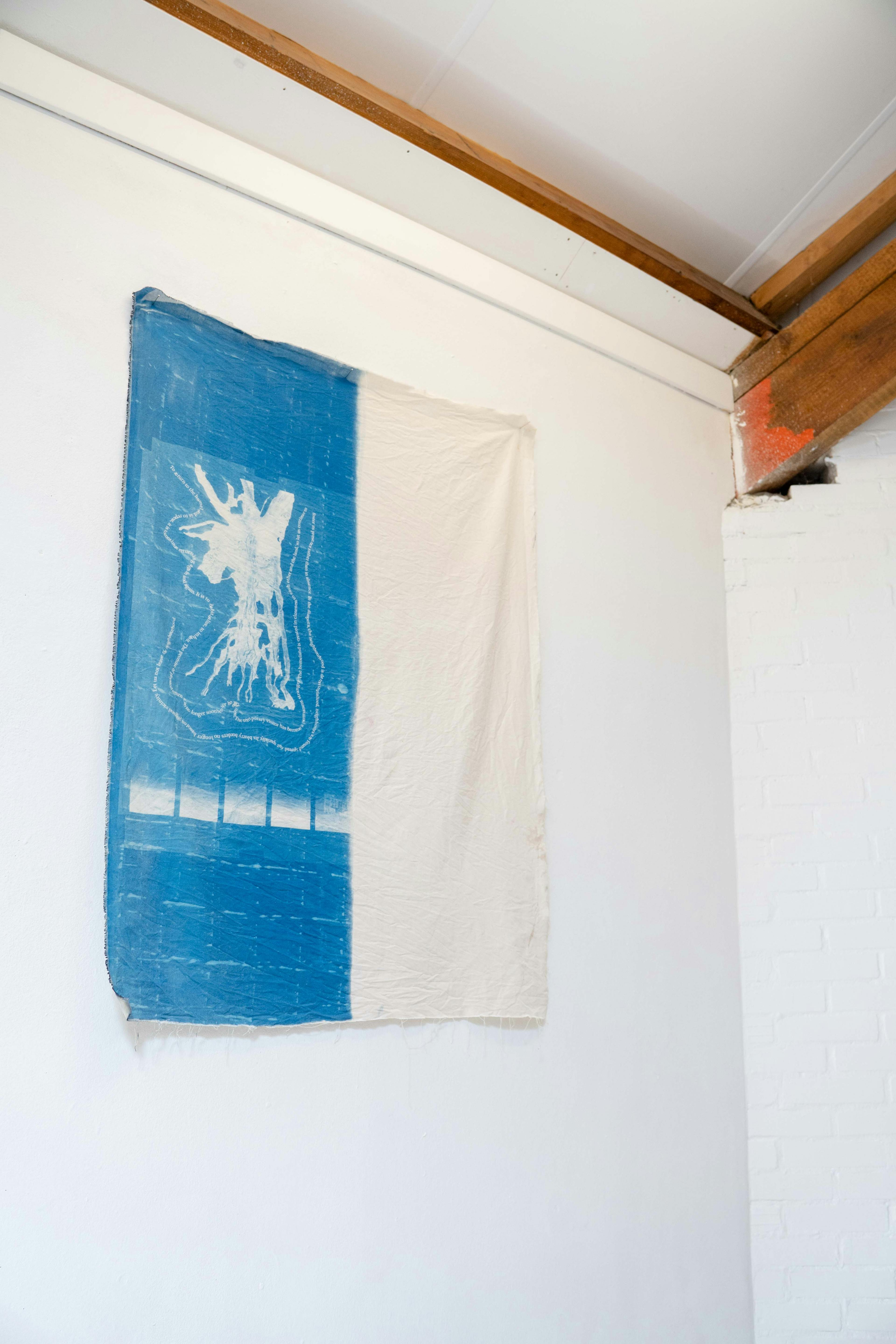We are letting go of the traditional idea of an exhibition with a fixed beginning and end. Instead, we organize Ploegendiensten (residencies) for artists, writers, and collectives.
Every season features a Gather Together Week, during which activities are united into a vibrant whole of artistic and social experiment. For this program, we work with artist collective Sunflower Soup and program maker Lenn Cox.
The second Gather Together Week (Summer Gather Together) took place during the week of 21–29 June. The results of this second Ploegendienst and Gather Together will be on view until mid-September.
Ploegendienst 2 | Periphery Center & Girls Like Us
Working period: April/May/June 2025
Summer Gather Together: 21 - 29 June 2025
Open to visit: 30 June - 5 September 2025
About the Ploegendienst
Collective Periphery Center researched during their residency (Ploegendienst) how the collective can be a space for ideas, desires and gatherings within the current social and political landscape. Spiralling around the question what conditions make collectives possible and how, like the body, this is changeable: it can transform, grow older and develop different needs.
Periphery Center invited publishing collective Girls Like Us to join them from their years of experience to deepen this process and work together towards a public workshopping sweatpants session on Sunday June 29. Read more about this session FROM THE MARGIN TO THE SEAM in the program.
During their working period at Plaatsmaken, Jeanine van Berkel, Yusser al Obaidi, Yessica Deira, and Pelumi Adejumo of Periphery Center explored what it means to work collectively. Rooted in shared diasporic experience, they wrote, played, and experimented with cyanotype, silkscreen, and graphic design. Working with silkscreen and print became, for them, a journey of return, a repetition, a movement between presence and disappearance. Each print holds an echo of something that once was, but never returns quite the same. The blur in pigment and the rhythm of layering speak to memories of a land, a place, a time. Faded and resurfacing, again and again. In Yoruba culture, indigo is the color of love. The patterns and shapes throughout the space echo traditional Nigerian textile dyeing techniques. Once both sacred material and currency, indigo carried deep cultural meaning. Through symbolic motifs and patterns, a visual language emerged used to convey messages on clothing, express status and the bonds between people.
The collaborative process of Periphery Center is embedded in their work. One begins, another holds the grid, someone else completes the line or fills in the color. The piece moves between hands, like memory: shared, shifted, held. Phonetic similarities across languages create poetic bridges across cultures. Throughout the space, the word refugee/visitor in both Arabic (Laje’) [لاجئ] and Yoruba (Àlejò) are referenced. Inspired by the root structure of the Arabic language, you find motifs derived from the root ل ج ء • (l j ʔ) 1. related to refugeprinted on plaid plastic bags. Informed by thinkers like Édouard Glissant, they engaged in conversations about what it means to come from a place where you are always a guest, always arriving, always returning. How this movement might, over time, become a form of grounding instead of mourning.
The color blue carries more than nostalgia or tradition. Their visual language draws on the faded blue posters of old travel agencies, once vibrant, now ghosted by time, their original tones erased. Periphery Center draws inspiration from the design and visual cultures of the Global South, aesthetics often dismissed as kitsch or amateur by the standards of Western modernism. Here, these visual languages are, similar to the many languages underneath their tongues, celebrated and reimagined as Vernacular Diasporic Design: layered, hybrid, and resonant.
Sit down dear stranger.
Stay awhile.
This working period (Ploegendienst) is part of the Time Out / Tune In program that program maker Lenn Cox has curated around Plaatsmaken's shared household. Time Out / Tune In connects the cyclical nature of time and its seasons, with a call to slow down! The program explores with multiple generations how we can organize together, what we can learn from each other and what is at stake in the cultural field and beyond. Dancing through chosen families, kindred spirits and ancestral matters.
Read more about the program Time Out / Tune In.
About the participants
Periphery Center is an emerging collective for artistic practice and shared study. Here, we center the margin as the main site for the production of a counter hegemonic discourse that is not just found in words but in habits of being and in the way one lives.* Here, we meet to inspire one another and co-create the reality we dream of through bookmaking, (graphic) design, publishing, curating, art and writing.
*bell hooks, “Marginality as site of resistance”
Girls Like Us is a queer feminist magazine made by and featuring an ever expanding community of queers from all sides of the spectrum within the arts, culture and activism. The magazine was founded by Jessica Gysel. It mixes politics with pleasure and maps collaborative routes toward a non-patriarchy. To actively build community, Girls Like Us also organizes events ranging from film screenings, exhibitions, talks, workshops, presentations, pop-up shops, to parties. Katja Mater is involved as editor.
Lenn Cox
Lenn Cox is a community organizer, artist, educator, and program maker. She explores solidarity economies by immersing herself in self-organized environments for learning, working, and living—many with an ecofeminist and queer core. She uses clothing and navigation cards to carry the exchanges and stories she gathers. Lenn initiates gatherings that enable collective learning. This is an ongoing research into how we organize ourselves, what we can learn from each other, and what is at stake in the cultural field and beyond.
